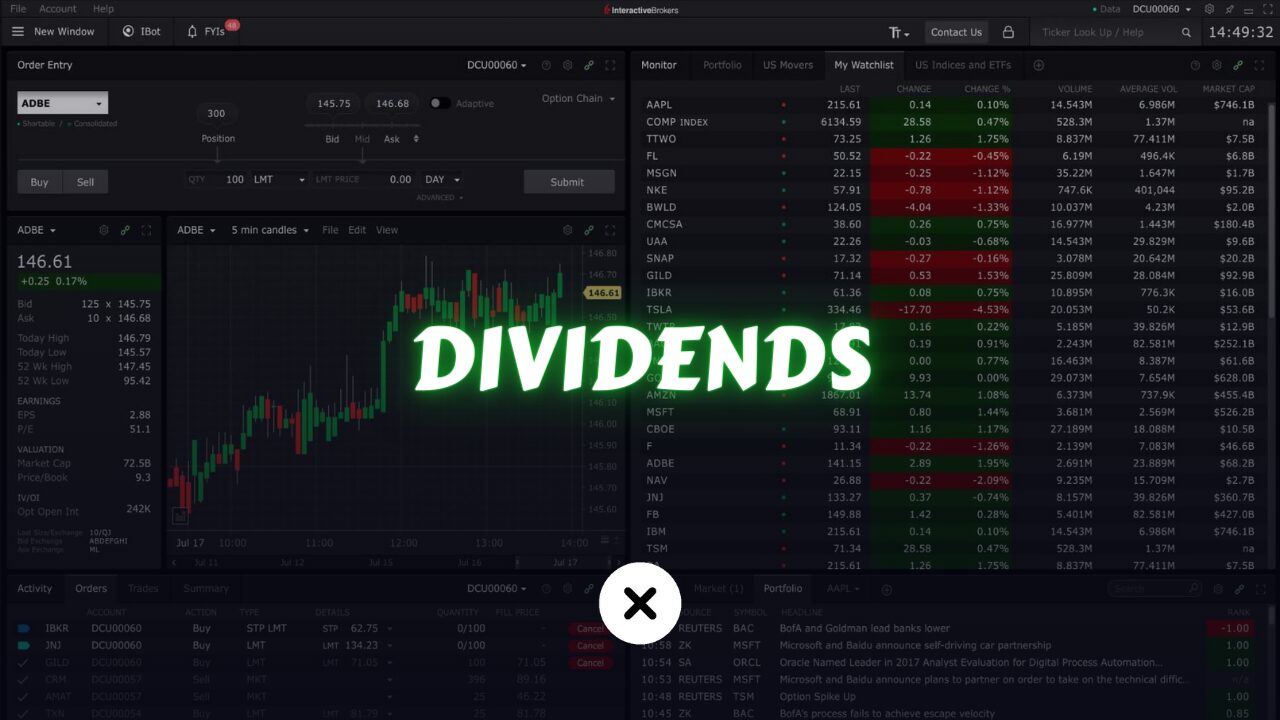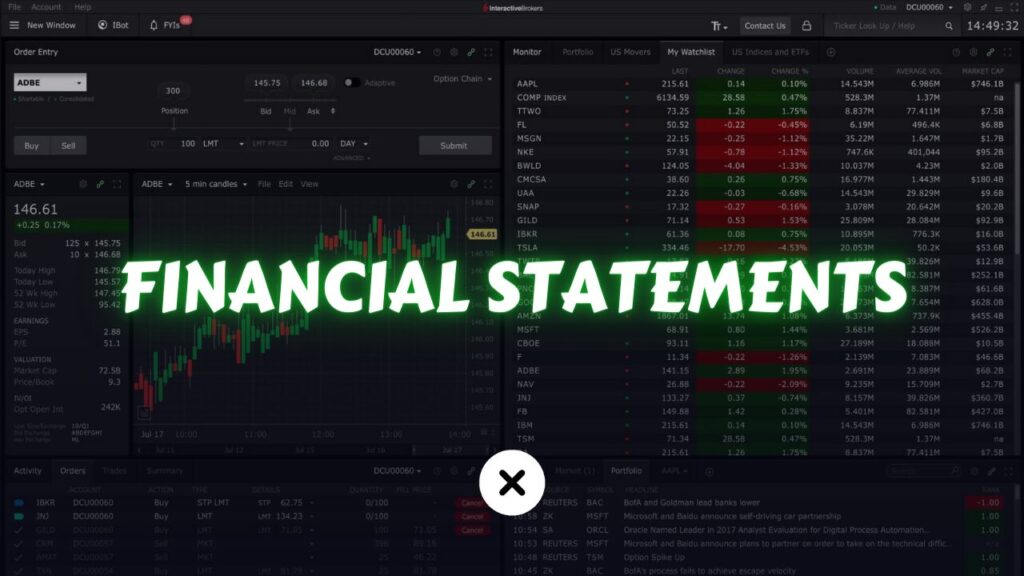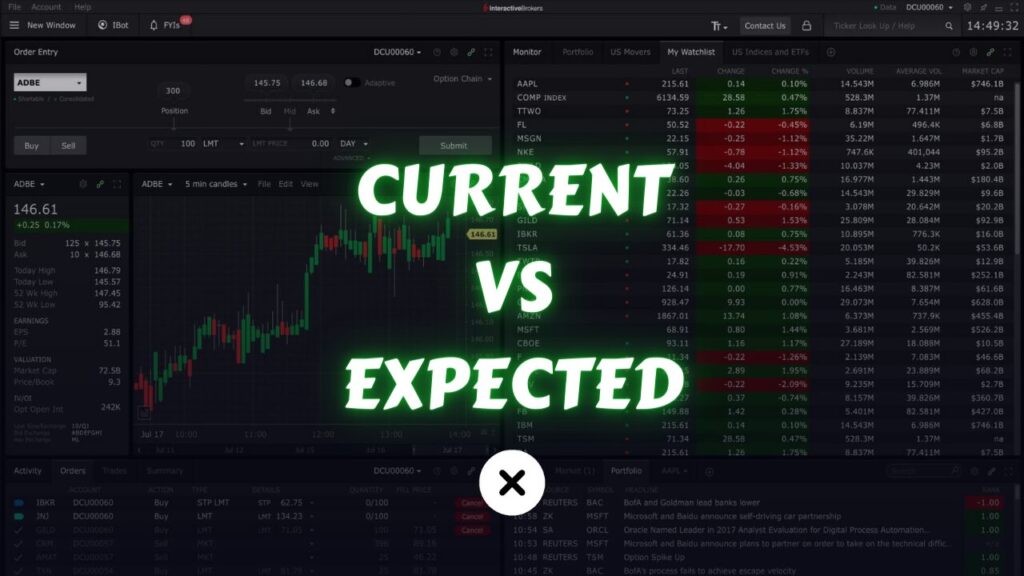
Dividends are a fundamental aspect of investing, often considered the reward for shareholders who invest in publicly traded companies. Understanding dividends is essential for any investor, whether you’re a novice or an experienced trader. In this comprehensive guide, we’ll delve into what are dividends, how they work, the types of dividends, and their significance in the investment world.
What Are Dividends?
Dividends serve as payments from a company to its shareholders, sharing a slice of its profits. When a company makes money, it can either invest it back into the business or give it to shareholders as dividends.
How Dividends Work?
Dividends are usually paid regularly, like every quarter, half-yearly, or annually. They’re often a fixed amount per share or a percentage of the stock’s price, known as dividend yield. The more shares you own, the more dividend you get.
Types of Dividends
Cash Dividends:
Cash dividends, the common type, are directly put into shareholders’ brokerage accounts, providing instant access to the profits.
Stock Dividends:
Stock dividends involve giving shareholders more shares, keeping the ownership proportions intact while increasing the overall number of shares.
Categories of Cash Dividends
Regular Dividends:
Planned and expected, regular dividends are part of the company’s routine payout schedule.
Special Dividends:
Special dividends, not regular, are given out when a company accumulates lots of money or sells a big part of its business. They’re like unexpected bonuses for shareholders.
Why Dividends Matter?
Dividends are a thank-you from companies to their investors, offering a steady income source, especially for those looking for investment returns.
Not All Companies Give Dividends
Some companies, especially in tech, prefer to reinvest their profits to grow the business instead of paying out dividends. They aim to increase their stock value for investors.
Dividend payments aren’t guaranteed. The company’s board decides based on factors like profit, cash flow, and future plans. They may reduce or stop dividends if the company faces financial challenges or has other priorities for its profits.
How Dividend is Linked to Stock Price?
Understanding how dividends are given out to people involves knowing how the paperwork gets done.
When you buy a piece of a company, you have to wait a bit before it’s officially yours. Say you buy some on a Monday, you’ve paid for it, but you don’t really own it yet. There’s a process that takes about two work days to finish up. This is called the T+2 process, meaning it takes two days for your name to be written down as the owner on the official paper that says you own it. So, if you buy on Monday, your name won’t show up until Wednesday.
This is important because when companies hand out dividends to the owners of their pieces, they need to know who those owners are. They set up three dates to keep things clear: the day you need to have it by (the ex-dividend date), the day they write down who owns it (the record date), and the day they give out the money (the payout date).
Imagine a company decides to pay out dividends to the owners whose names are on the paper on Wednesday, November 20th. That means if your name’s on the paper by the end of November 20th, you get paid. It doesn’t matter if you’ve had it before that day; what matters is your name’s there on the record date.
The payout date is when they actually give out the money, which could be on November 30th or later, as decided by the company. And even if you sell your piece after the 20th, you still get paid if your name was on the paper on the record date.
To make sure you get the money, you need to buy the pieces before the ex-dividend date. That’s the last day you can buy it and still get the dividend. In this case, it’s on Tuesday, the 19th. So, to have your name on the paper on Wednesday, the 20th, and get the money on the payout date, you need to buy it by Monday, the 18th.
Some might think they can make a quick buck by buying on Monday and selling on Tuesday, taking advantage of the ex-dividend date. The idea is if you buy on Monday, your name’s there on Wednesday, and then it’s gone on Thursday. So, you’ve had it for just one day but still got the money. Sounds good, right?
But in reality, it doesn’t work. Let’s say a company is worth $100 billion, and you own a piece worth $10. They decide to give out 10% of their value as dividends, which is $1 per piece. If you buy on Monday and sell on Tuesday, you’ll get the money, sure. But when people buy on Tuesday, they won’t get that $1. And because the company’s value drops by that $1, the price of your piece usually drops too, say, to $9.
So, trying to make money like this doesn’t really pan out. If you buy for $10 on Monday and sell for $9 on Tuesday, you’re just breaking even with the money you got. There’s no real gain or loss in the end.
Regular dividends aren’t a reliable way to make money because everyone knows they’re coming, so the market adjusts for it. Traders know the value drops after dividends are paid, so they don’t expect to make much. Sometimes they’ll make a little, sometimes lose a little, but overall, it evens out.
The only chance to make some money from dividends is with special ones. Not everyone knows about them, so sometimes the prices get messed up, creating opportunities for traders.
For example, if a company announces a special dividend, not everyone knows, so some might buy at the wrong price. If you know about it and see the price going up, you can bet it’ll come down once the dividend is paid and make some money.
One more thing to keep in mind is when the record date falls on a weekend. In that case, they usually count the last workday before the weekend. And if there’s a holiday, they don’t count it in the two-day wait. Instead, they just count two workdays in a row.
Dividend.com is a recommended website to explore and gather information about dividends.
Conclusion
Dividends represent a key aspect of investing, offering investors a share in a company’s profits and providing a source of income. By understanding how dividends work, the types of dividends available, and their significance in the investment world, investors can make informed decisions to build wealth and achieve their financial goals. Whether you’re seeking income or long-term growth, dividends can be a valuable component of your investment strategy.



